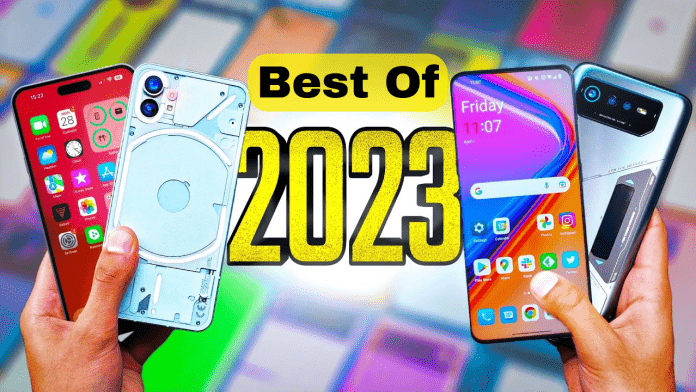Thankfully, 2022 delivered several spectacular knockouts, the greatest of which we’ve listed in this piece. Whether you want performance, photographic prowess, or value, our ultimate list of the Best smartphone 2023 & top 10 phones has it all.
The best phone on this list will not be the best phone for everyone, so be sure to look at all ten. The perfect phone for you is out there, based on your priorities, which include camera, battery life, design, features, pricing, and other factors.
Of course, Samsung and Apple are included, but searching farther afield to Android competitors such as OnePlus, Google, Oppo, and Xiaomi may lead you to your ideal pocket companion. Trust us, these phones all deliver – just in different ways, which is a good thing. Better phones for everyone means more competition!
Best smartphone 2023
1. Samsung Galaxy S22 Ultra – Best overall phone
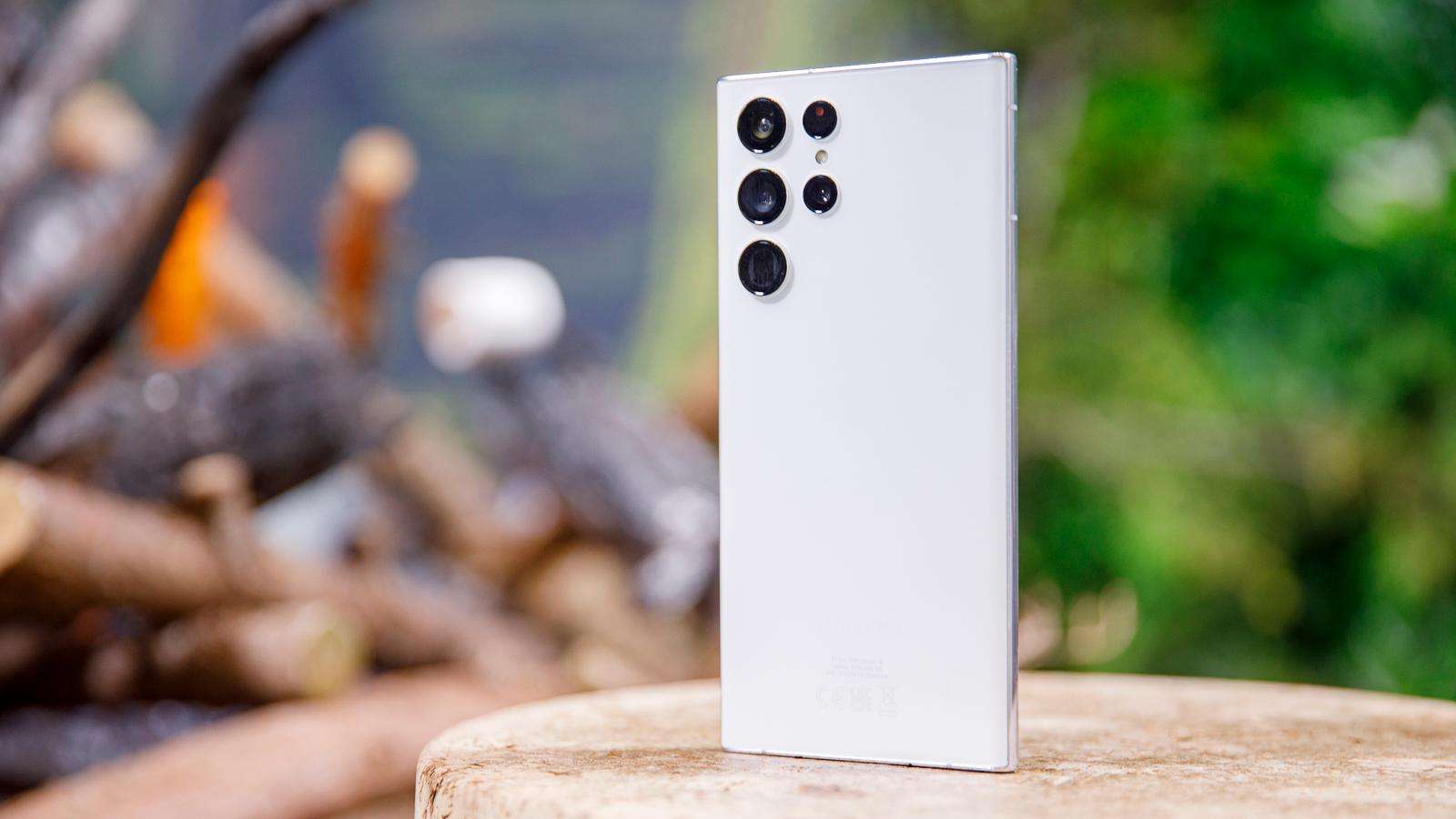
The design is unusual from the other Galaxy S22 models (i.e., highly ‘Note-like’) and has an integrated S Pen pen that extends capabilities beyond most competitors, particularly in terms of productivity.
Despite the familiar-looking camera hardware, Samsung’s enhancements make it one of the greatest systems in any phone right now, with a 108Mp primary shooter supported by an ultrawide and two telephoto lenses at various zoom levels – with zoom performance significantly improved over prior versions.
The large 6.8in LTPO AMOLED display offers high WQHD+ resolution as well as an adaptive refresh rate of up to 120Hz, and long-term software support that outperforms even Google’s Pixels rounds out an outstanding list of advantages. If you can tolerate its massive size, it’s a true winner, with the greatest five-year software support in Android world.
Pros
- Excellent camera
- Phenomenal display
- Stylus support
Cons
- Bulky
- Expensive
- Slower charging
2. iPhone 14 Pro – Best iPhone
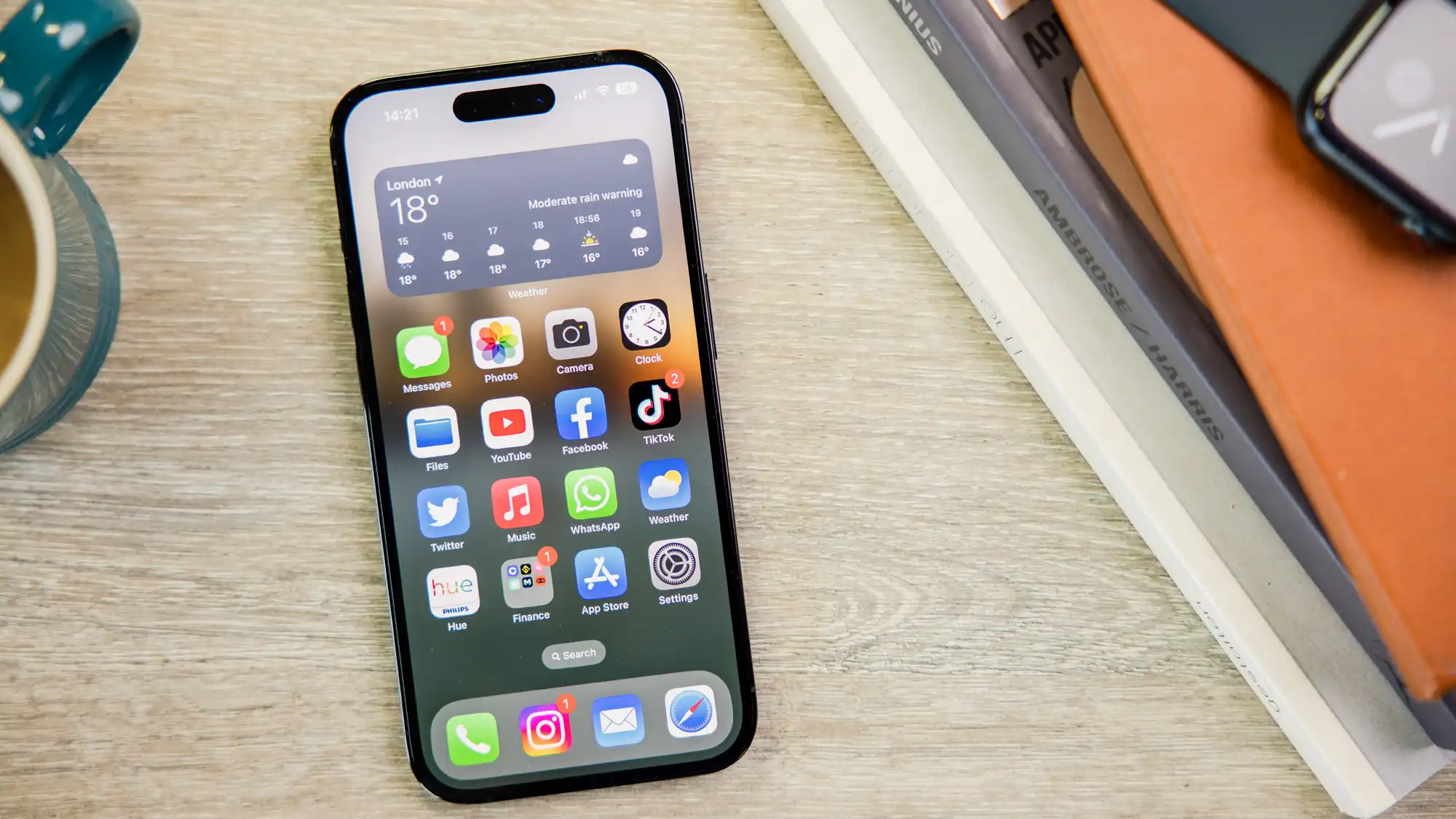
Pros
- Dynamic Island is genuinely great
- First iPhone with always-on display
- Phenomenal cameras
- 120Hz display
Cons
- Battery life same as 13 Pro
- No fast charging
- More expensive in the UK
3. Google Pixel 7 Pro – Best user experience
![]()
Google iterates on the massive revolution of the Pixel 6 Pro with the Pixel 7 Pro, boosting battery life, display, and cameras. The Pixel 7 Pro is the greatest Pixel yet and a true ‘kitchen sink’ gadget – it’s huge and hefty, and the design may not be for you, but it provides an incredible Android experience.
If you dislike iOS and don’t want the S22 Ultra’s S-Pen, the Pixel 7 Pro is the greatest phone option, and it’s less expensive than the two phones above it on this list. It produces excellent still images that are among the finest and most consistent of any phone, thanks to Google’s better software processing, making it one of the most pleasant point-and-shoot cameras you can carry about with you.
There are also a slew of innovative Pixel-only features, such as Magic Eraser to remove unpleasant people and objects from photographs, Live Transcribe for the deaf, and a huge brilliant display with a nearly 2-day battery life to power it all. Google promised five years of security upgrades but just three years of Android updates – Samsung and Apple outperform Google here.
However, if you prefer your phone software to be customizable and fun, the Pixel is the one to get. If you prefer a smaller phone, the Pixel 7 is likewise good for the low price of $599/£599, although it lacks the Pro’s 5x telephoto lens and has a lower battery.
4. Oppo Find X5 Pro – Superb cameras
By every standard, the Oppo Find X5 Pro is a fantastic phone. Oppo backs up the 6.7in 10-bit 120Hz QHD+ panel with 80W wired and 50W wireless charging, a 5000mAh battery, and a top-tier camera with 50Mp sensors on both the primary and ultrawide lenses.

You won’t be able to use a periscopic zoom lens since the telephoto is just a 2x zoom, but the results from all three back lenses are excellent. The appearance is also distinctive, due to a flawlessly slanted camera module incorporated directly into the phone’s ceramic casing.
The Find X5 Pro is also difficult to top in terms of sheer performance, with all of the aforementioned plus a Snapdragon 8 Gen 1 CPU, 256GB storage, and 12GB RAM. You simply must be willing to pay the price, since it is not cheap.
5. Google Pixel 6a – Best value Android
Although the Pixel 6 and 6 Pro feature larger, sharper displays and cameras, the $449/£399/€459 6a is a better bargain and the Pixel phone that the majority of consumers should purchase.
For the asking price, you get the same Google Tensor processor as the 6 and 6 Pro, which results in flagship-level performance. The older A-series Pixels were slow, but not this one.
There is just a 60Hz refresh rate screen, sluggish 18W charging, and a plastic back that scratches easily. In addition, the main camera is just 12.2Mp, the same as in the Pixel 5, rather than the Pixel 6’s 50Mp sensor.
Aside from that, this is a near-complete Pixel experience at a great price, with three years of Android OS upgrades and five years of security patches.
6. OnePlus 11 – Best value flagship
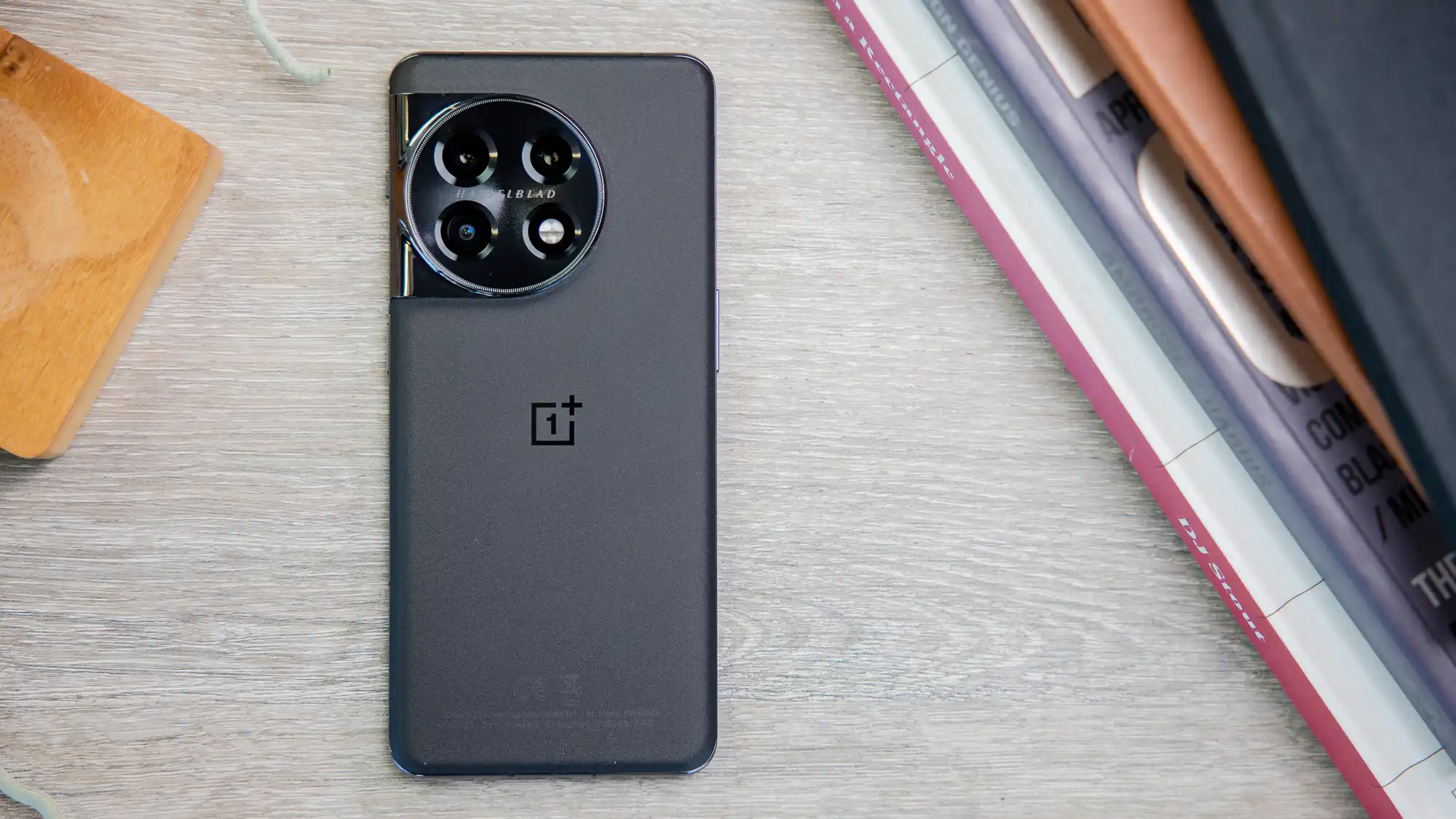
Despite its 6.7in screen, the OnePlus 11 is also a thin and slender phone, which is not the case with other large phones. You may choose between a green glossy variant and a black model with a matt, almost-silk-like touch to the rear glass. It gets no fingerprints, yet it’s one of the slickest phones on the market.
As long as you don’t mind the more labored newer version of OxygenOS, which frequently modifies Android for the sake of change, this is a terrific phone at a price that guarantees you’ll get your money’s worth if you can make it survive five years.
Read our full Review OnePlus 11
7. iPhone 14 – Superb all-rounder
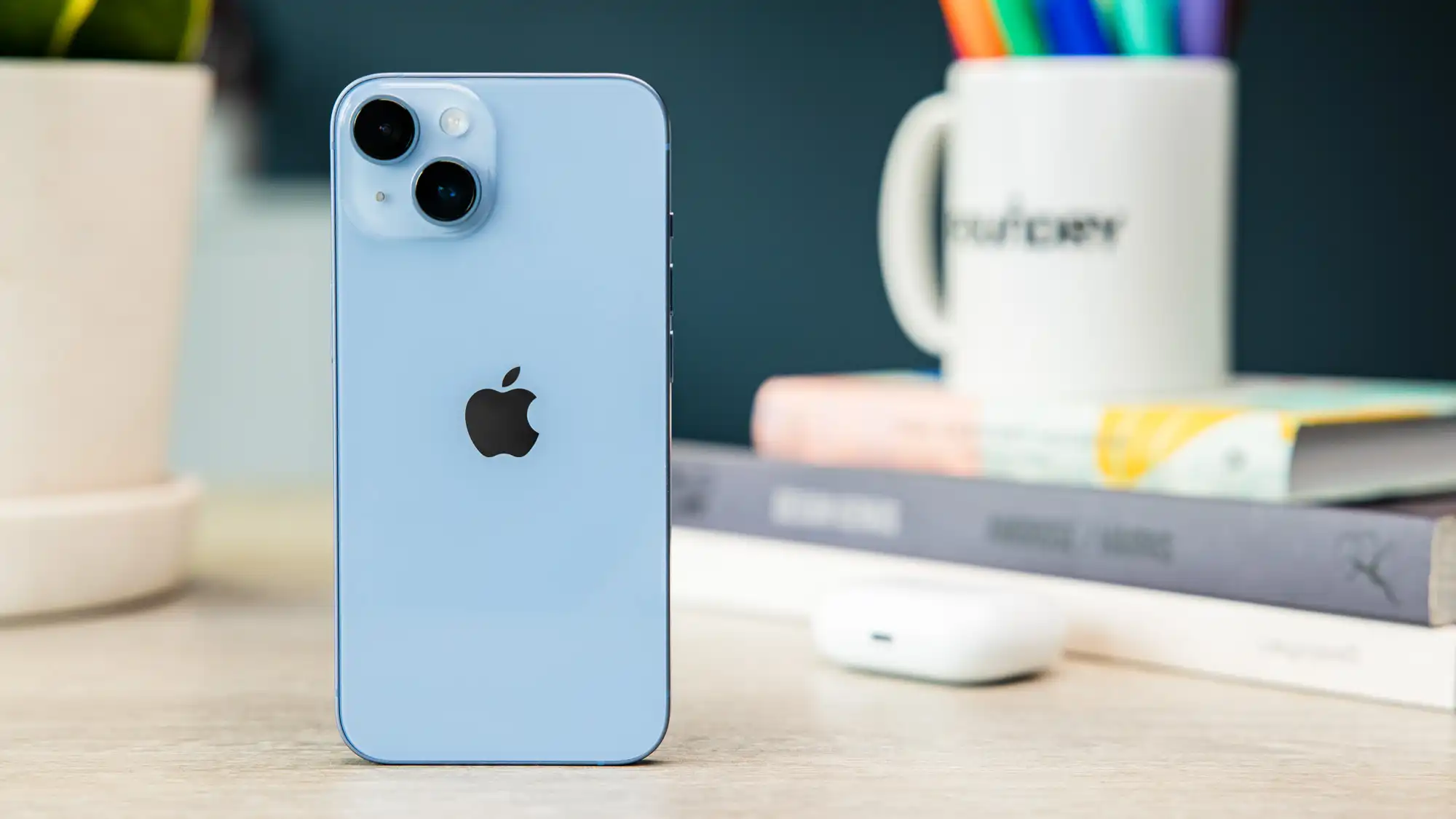
The iPhone 14 isn’t as excellent as the iPhone 14 Pro, but it’s less expensive – even if it’s really an iPhone 13 with a new name. The only notable additions to the 13 are a slightly enhanced primary camera and the undeniably impressive video stabilisation function called Action Mode.
There’s also automobile collision detection, which you should never have to use – the bottom line is, don’t upgrade from an iPhone 13, but otherwise, this is the go-to iPhone for the majority of people right now. The battery life and performance are superb, and the cameras are fantastic despite the lack of a telephoto lens.
As is customary with Apple, the build quality is excellent, and iOS is incredibly reliable software. You’ll also receive software upgrades for around five years and be able to obtain repairs at any Apple Store. The iPhone 14 Plus has a bigger screen and a larger battery, but we prefer this smaller variant.
Pros
- Outstanding battery life
- Great performance
- Superb dual cameras
- Top build quality
Cons
- 60Hz display
- Slow charging
- No RAW photo shooting
8. Samsung Galaxy Z Flip 4 – Best foldable
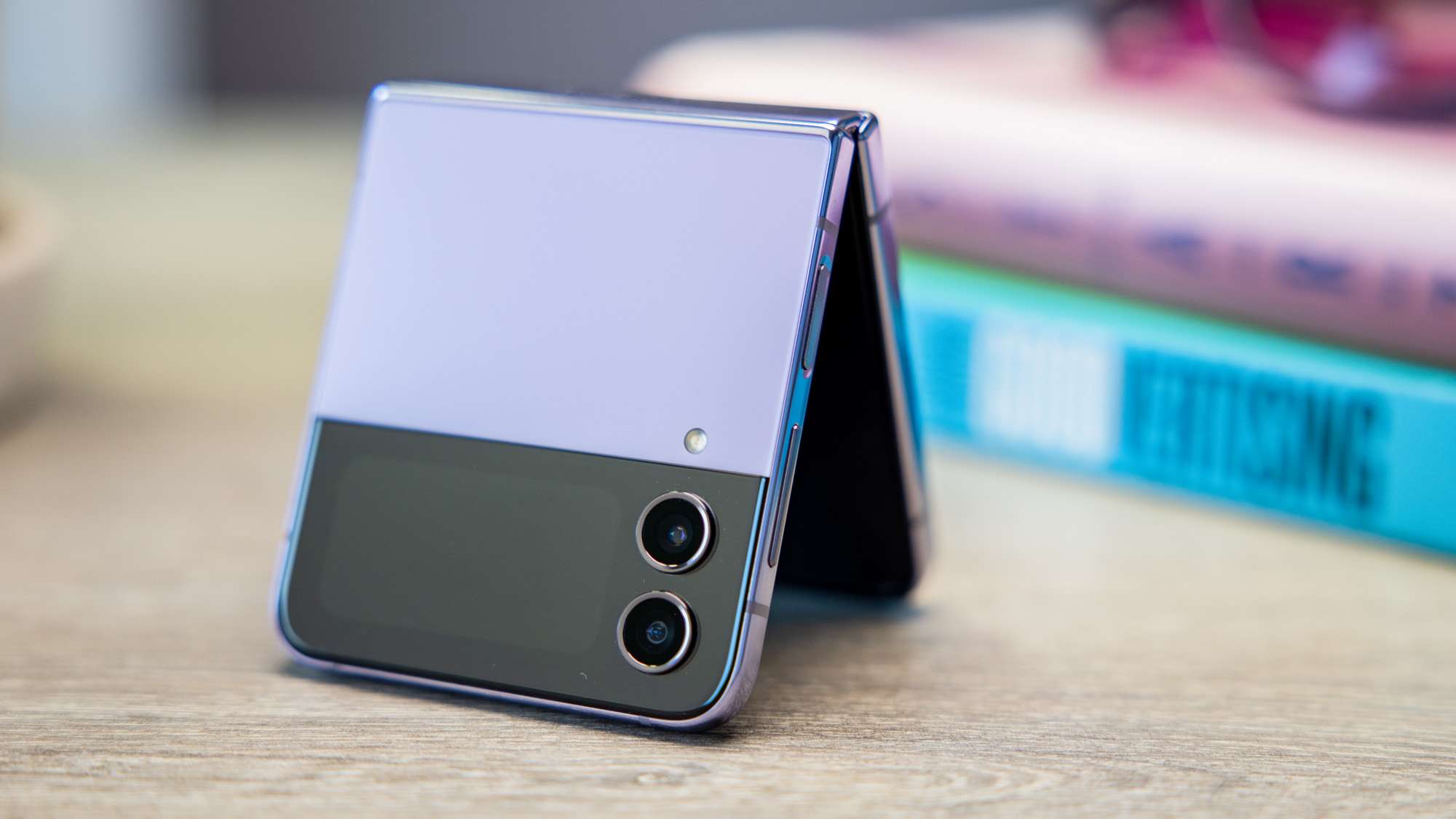
The better battery is likely due to the greater energy efficiency of the Snapdragon 8+ Gen 1 chipset, which means you won’t have to charge the Flip halfway through the day. Although 8GB of RAM is more than plenty, you may want to pay a bit more to acquire 256GB of storage. We also like the fingerprint sensor on the side.
This is essentially an S22 with a faster CPU that folds down to half its size. It’s fascinating, and it’s one of the greatest phones overall.
Pros
- Superb performance
- Solid battery life
- Folds in half
Cons
- Durability questions
- ‘Slow’ 25W charging
- No telephoto camera
9. Vivo X80 Pro – Outstanding cameras
Vivo has outdone itself with the X80 Pro, a phone with a camera that rivals the finest that Apple, Samsung, and Google have to offer.
The four back lenses are powered by a Snapdragon 8 Gen 1 CPU, the primary of which is a fantastically powerful 50Mp sensor. Every lens has Vivo’s V1+ image processing technology, and the telephoto lens has gimbal stabilisation to improve zoom clarity. It has an impressive feature set, and the low-light shooting is superb. Add to it great video modes with cinema-wide aspect ratios and film-like grain, and you’ve got a pocket-sized powerful camera.

Because the phone is large, you’ll have to make do with a 6.78in AMOLED display. It has a 120Hz LTPO (variable refresh rate) and a QHD+ resolution.
The phone’s drawbacks include the lack of Gorilla Glass for proven scratch and break protection on the front and back, as well as the annoying software. Overall, this is another step forward for Vivo that you should take seriously if you want a great camera on the back of your phone.
Full Review Vivo X80 Pro
10. Motorola Edge 30 Ultra – Outstanding battery life

The Qualcomm Snapdragon 8+ Gen 1 CPU provides excellent performance, and the phone is really comfortable to handle because to the matt satin-like smoothness on the back glass, which is further enhanced by the slightly curved display. Perhaps most impressive is the phone’s two-day battery life, which is longer than that of the other phones in our roundup.
Add in 125W super fast wired charging with the included charger, and the Edge 30 Ultra is a strong Android option. Three years of software upgrades is just about adequate, although the camera falls short significantly in terms of waterproofing. Otherwise, this is an excellent phone at an excellent price.
Your buying guide for the best phones in 2022
When purchasing a phone, consider the following factors: build quality and design, simplicity of use, features, performance, and value.
In general, a flagship phone in 2022 will cost roughly £700, but can cost more than £1,000 in exceptional situations. On contract, you should expect to pay between £30 to £50-per-month on average, but you may spend much more if you want a high-end phone and a lot of mobile data.
It’s worth mentioning that, while this list features the greatest cellphones available right now, it doesn’t necessarily include flagships (even though they do feature heavily here). There are several entries that cross over with our mid-range and budget phone charts, but they earned their spot here because of the capabilities and quality on offer in relation to their price.
FAQ
Should you buy an iPhone or Android phone?
There are other mobile operating systems, but only two are worth discussing: Android and iOS.
The great majority of phones currently run Android, with the most recent publicly available version being 13. Although Apple’s iOS platform, which is now on iOS 16, has a smaller market share, developers usually generally release their apps for iOS first. As a result of this strategy, it boasts one of the top app shops available.
If you have an Android phone or an iPhone and wish to switch to a phone that runs the other OS (operating system), you may transfer your contacts and other select data from one to the other rather easily. What you can’t migrate are paid-for applications and some app data (like as WhatsApp backups), so keep that in mind if you’re thinking about switching platforms – and study any specific issues you might have about the procedure.
Why should you buy an unlocked phone?
Unlocked phones are those that are not bound to a certain mobile provider, such as Vodafone or EE. Buying ‘unlocked’ typically implies purchasing the phone without a SIM card or contract.
The most crucial aspect is that, if you can afford it, buying an unlocked phone is nearly always a better price than buying a phone on contract.
The only true exception to this is Apple’s iPhones; due to its historical popularity, operators sometimes subsidize the cost of purchasing an iPhone in order to lock you into a lucrative long-term arrangement.
In general, if you can afford the upfront cost of the device, buying unlocked will save you money over the life of the phone.
More significantly, you are not bound by a long-term contract. You may acquire a new handset at any moment without having to up-purchase your way out of the contract or commit to another two years.
Just make sure the phone you’re receiving isn’t restricted to a specific network.
Which SIM or mobile plan should you get?
Another item to think about is the size and form of the SIM card needed for your phone. If your phone requires a nano-SIM, make sure you obtain one.
To be clear, every phone on this list accepts a nano-SIM.
If you get it incorrect, it’s simple to fix; any network will gladly send over a different-sized SIM. SIM cards typically arrive in all three sizes; simply pull out the one you require.
But it assumes you’re obtaining a new SIM, and if you’re searching for a SIM-free or unlocked phone, you’re probably already in possession of one.
More importantly, if you want 5G, make sure you purchase a 5G-enabled phone and SIM.


